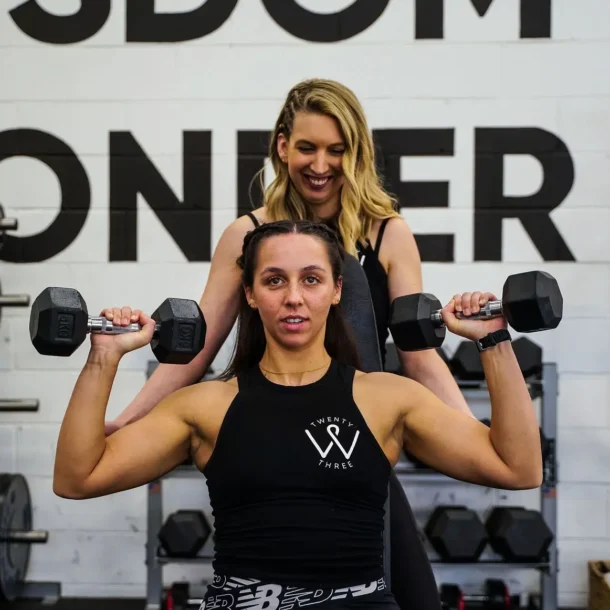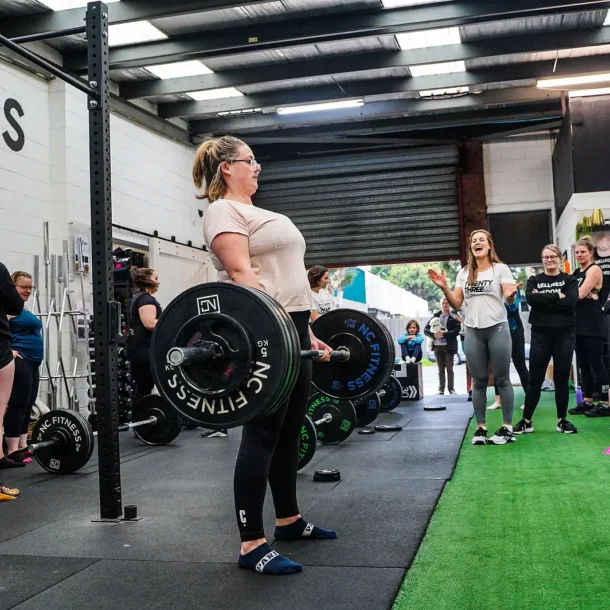

Do You Trust Your Body?
Plough on. Power through. Stiff upper lip. No pain, no gain.
These phrases have one thing in common, they encourage us to ignore what our brain and body are telling us. When we begin to feel run down or start to get sick we are quick to reach for something to numb the discomfort. We take sudafed to unblock our stuffy noses, panadol to numb us to our headaches and stick ice on our ankles to reduce inflammation. And I hasten to add that these methods are not wrong outright. We live in a world where we are expected and encouraged to GO, GO, GO! So to cope with work, motherhood or study we need to be able to function, which means masking pain is easier than taking time off.
No Brain No Pain
Our body undergoes a complex process in an imperceptible amount of time called Nociception which is when our bodies identify that tissue has been damaged or has the potential to be damaged e.g. we touch an electric fence or roll our ankle. This registering of pain by our brains involves the two nervous systems: Peripheral (PNS) and Central (CNS)
Our PNS encompasses all nerves that exist outside of the brain and spinal cord, and is known as our motor and sensory nervous system. Unlike the Central Nervous System (CNS) the PNS does not have bone to protect it from trauma so it is more susceptible to injury. The PNS is the outlying information collection centre that relays important information to the main hub, the CNS, the CNS then tells the PNS how it should react. Our CNS includes the brain, protected by our skull and the spinal cord, protected by vertebrae. The PNS contains three other nervous systems with specific roles. The Autonomic nervous system (ANS) is the one we need to consider in relation to pain. The ANS is responsible for our involuntary actions including our reflexes. If you jam your finger between weight plates or roll your ankle on the wheels of a weight bench (hello me from our second last day of classes) the ANS is what makes you yank your finger away or work to regain balance at the speed of light to take pressure off your ankle.

Injuries: Not just a physical set back
Now that we know how we are receiving pain signals it is time to identify them. Knowing the difference between Delayed Onset Muscle Soreness (DOMs) and an actual injury is vital to our physical health.
Consider the lower back; we are very quick to stop exercising when we feel tension and fatigue in our lumbar area but we need to identify if it is genuine injury or overuse as opposed to DOMs. Consistently mistaking DOMs for injury will lead to a weakened lower back and a higher risk for genuine injury. Like any muscle group, our lower back needs to strengthen in relation to other muscles so that we are not imbalanced.
Having a long-term injury is incredibly frustrating. Not only is our physical health compromised but our mental health tends to suffer with it. We want to train through the pain, push past our mobility impingements and add more and more and more weight! We are only human, we hate being told no! However with any injury we have to become better at thinking long term. Overuse and ignoring pain will lead to only one thing: a much longer recovery. Myself, Dee and Ange have all had to modify training to focus on recovery so we understand the frustration but we also understand the benefits of a properly adapted training program. An impinged shoulder doesn’t mean you can’t train your upper body, it means you need to refocus your training to promote a strong upper back and proper muscle recruitment.
Focus on the opportunity
It is so easy to get caught up in what you can’t do. Try and attack it from a different angle. What do you get to do while injured?
1. I get to focus on problem areas with form/technique.
2. I get to build strength in a different area of my body.
3. I get to address the underlying issue that cause the injury and solve it.
4. I get to come back stronger.
The brain is a powerful thing. Listen to it, understand what it is telling you and focus on the can’s not the cannot’s.

Ange Drake is an personal trainer, women’s empowerment coach and fitness blogger in the northern suburbs of Melbourne. She is the director of one of the few womens’ only strength training gyms in Melbourne, 23W. Ange helps women to learn how to use strength based training, nutritional strategies and a positive mindset to transform their bodies, relationship with food and mind.
Can’t decide which of our packages is best suited for you? Take our questionnaire to help you decide!





